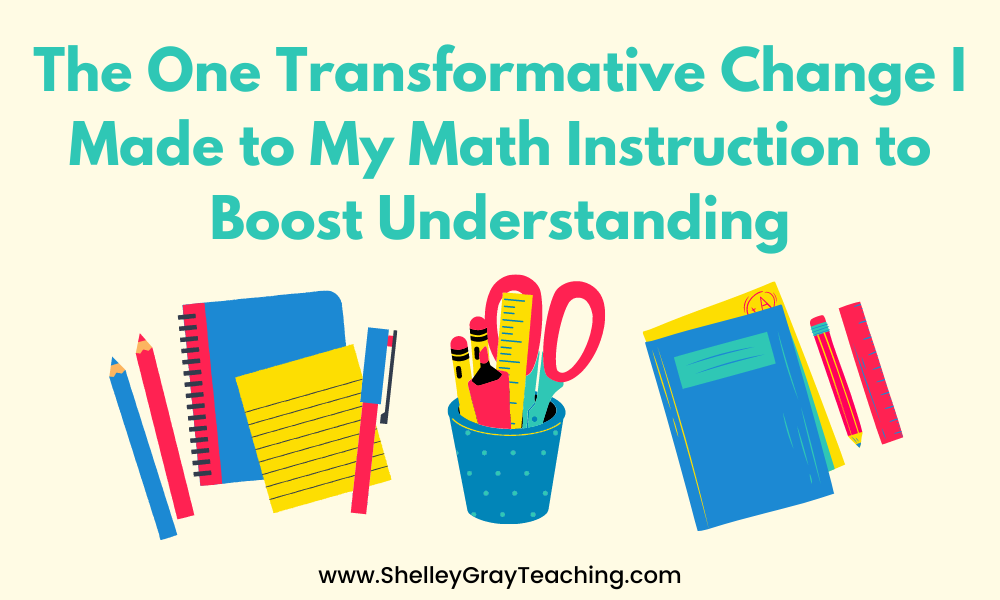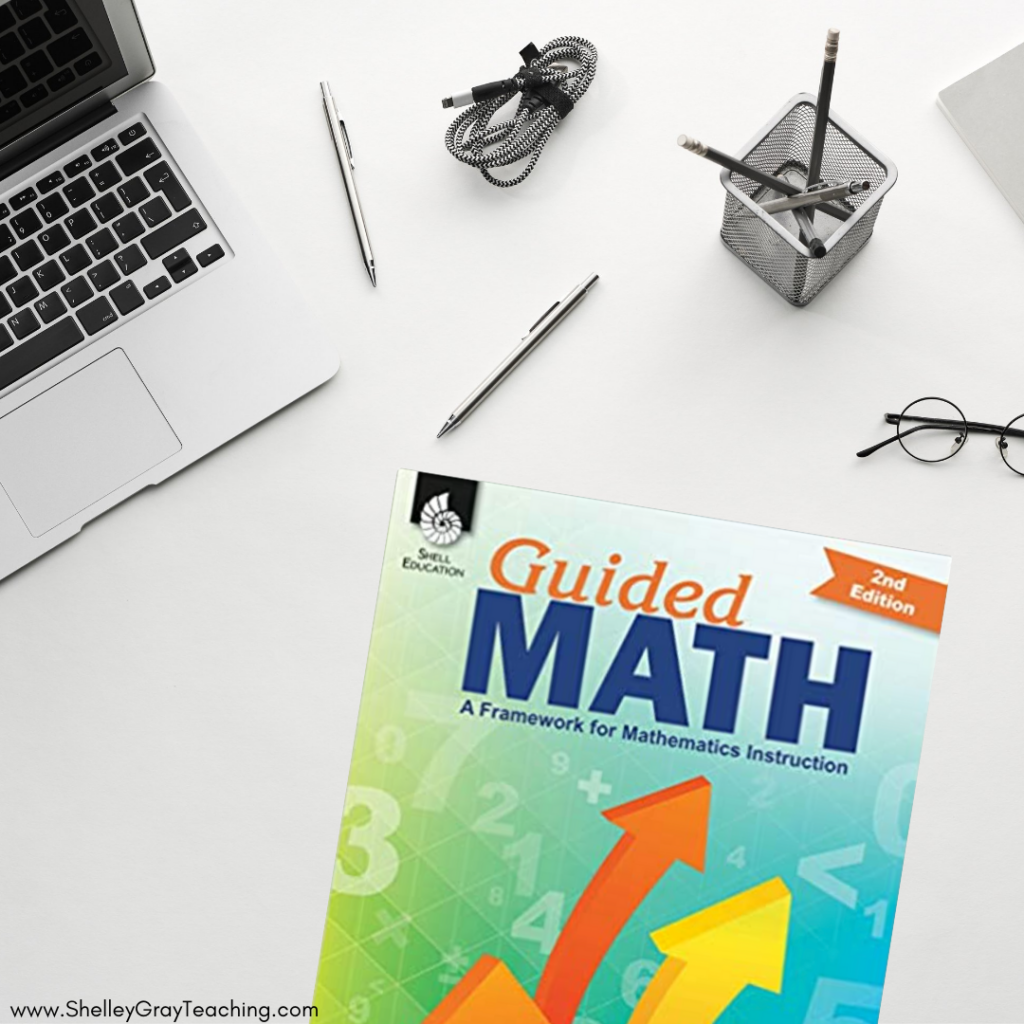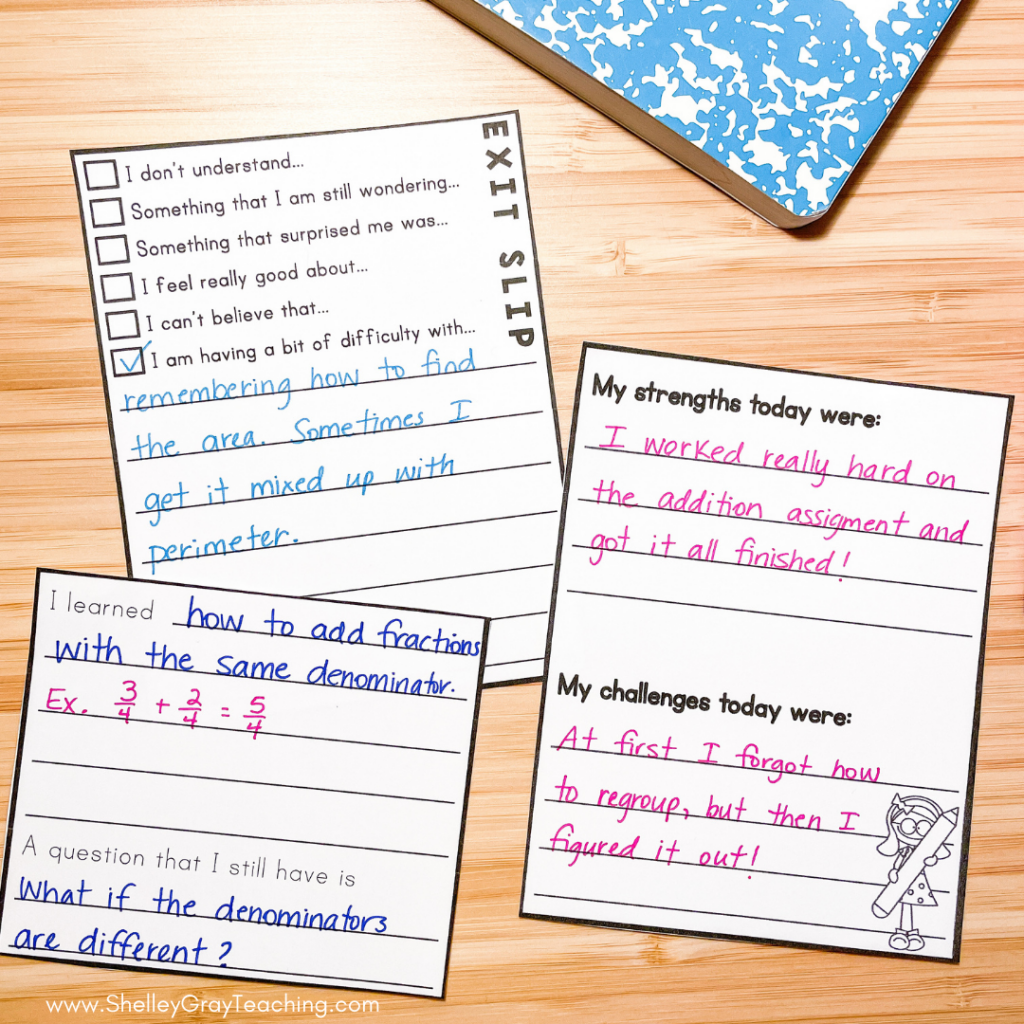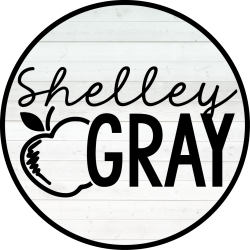
I can’t tell you how many times as a teacher I would feel so frustrated when we would finish a math topic and I knew many, if not most, of my students weren’t ready to move on. They hadn’t grasped the concept, let alone feel confident enough to apply that concept. We were expected to follow the pacing guide and finish in the time allotted for the topic.
At some point in my last year teaching 5th grade students, I wondered what would happen if I structured my math instruction like my reading instruction? I mean we didn’t rush students to move on with reading strategies just because of a timeline. We met readers at their level and worked from there. Why not in math? I searched the internet for ideas and resources. Then I read Guided Math by Laney Sammons. This literally changed my entire approach to math instruction.
Small Flexible Grouping
Small flexible groups are at the heart of guided math. I was able to not only meet students at their skill level, but I was also was able to give immediate feedback. Students were able to ask questions and have more much-needed teacher time within the small group meeting. Students that normally were intimidated by the whole group were comfortable sharing and asking questions. Confidence building was an added benefit.
Pre-assessments were given prior to the beginning of each topic. I liked to use a “show what you know” type of assessment – two or three questions that allowed students to show what their skill level was for the upcoming topic. Some may want to give the entire topic assessment as a pre-assessment. I never wanted to overwhelm the students, especially when you can get a snapshot of what they know in just a few questions as easily as a lengthy assessment. Students with like skill levels are placed in groups; these are not ability levels, but instead the groups focus on what skills will be focused on during instruction.
Related: The One Aspect of Guided Math That Should Not Be Forgotten (Here’s Why!)
Meeting With Groups
I would meet with each group for 15-20 minutes each day. Group instruction would focus on concepts, applications, practice, and enrichment. Planning for groups has to be flexible. I compared it to an if-then flowchart. This was not an easy concept to grasp when normally teachers want to plan the entire topic in advance. When working with flexible groups you have to have contingency plans. If a group needs additional instruction, then the next meeting would be a reteach. In comparison, if a group moves quickly to understanding you have to be ready to move them ahead the next time you meet. I think this was the most exciting part of planning for guided math groups. Each day I didn’t know where we would go. Reflection became a very important part of my day. I also found the value of student reflection each day as well. We ended each math block with different types of reflection; student journals, exit tickets, or whole-class check-in. (Find the exit tickets below for free here.)
Flexible groups are also a prime time for tier one and tier two interventions. Before implementing guided math I struggled to find the time to meet the needs of the students that needed to receive interventions. I was pulling students at different times of the day and not really having success. Being able to see these students during the instructional math block helped with fidelity as well.
Guided Math: Before and After
Before guided math, I would take a day each week and try and confer with students. I would plan for five students each day, and almost always not get to all of them for one reason or another. By the time I had the opportunity to confer with the whole class we were well into a different topic and the feedback was not timely, to say the least. While meeting small groups I could confer daily with several students. The feedback was timely and frequent. It became a much easier part of instruction. I began with a checklist and quickly moved on to math conversations. Conferring had never felt so natural. Students didn’t wonder how they were doing or what they might need to focus more practice on. Student-directed learning was an unintended outcome of these conversations. At times students would ask a question or want to take what they learned to the next level. Our conversations would include goal setting as well. Conferring would also allow for formative assessment.
Assessment in Guided Math Groups
Ongoing assessment is a vital part of guided math. Flexible grouping relies on assessment to keep the groups fluid. Students may need to move groups or may need to be added to an intervention group. Formative assessments such as exit tickets are a quick check-in consisting of 1 or 2 questions that students can do independently. Formative assessment can help to plan further instruction and what practice is needed.
Related: The One Aspect of Guided Math That Should Not Be Forgotten (Here’s Why!)
An Entirely New Outlook
Teaching with the Guided Math framework gave me an entirely new outlook on teaching math. I wish I had discovered this structure early in my teaching career. I feel I had a better handle on my students and was able to meet them where they needed me. The small flexible groups were the answer that I needed to help my students feel successful in math.









